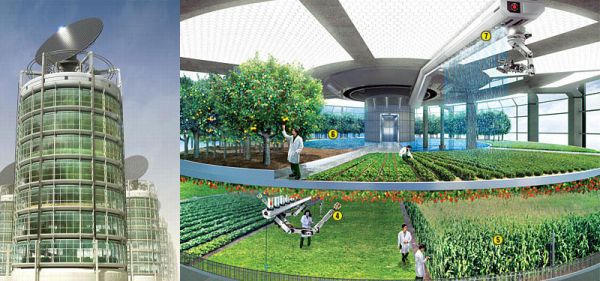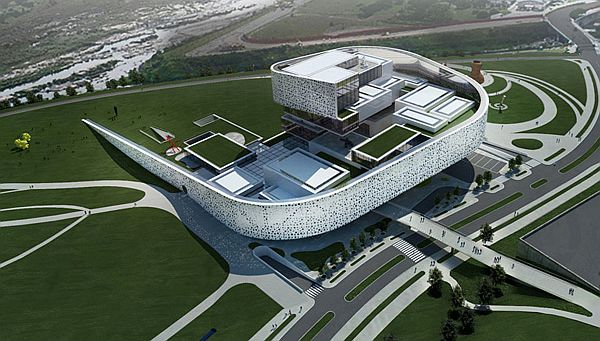
Why are we asking this now?
The world has seen the problem of population explosion in the last few decades like never before. With this, comes the turn to deal with several other nuisances like where to accommodate the ever increasing populace, from where to find employment for most of them and most important, from where to feed such a huge numerical, keeping in mind that most of the forest and agricultural area is slowly being converted into residential area? The remaining plots and scratches of agricultural land are turning barren, increasing the concern regarding food supply. Naturally, there has to be a way out! The only visible path right now is to go for vertical farming just like we went for vertical expansion of architecture to accommodate the increasing population.
Is it really that serious?
Well, of course, it is. Just imagine how would it be if farms were grown inside buildings and a part of your office construction would be devoted towards growing crops? In addition to reducing space required for farming, this would also partially solve the problem of urban pollution. Everything would go hand in hand. It is estimated that by 2020, the world population would increase by another three billion, naturally the place required to grow crops which would sufficiently feed the population would also be huge. An estimate is that an area 20 percent larger than the present country of Brazil would be required to attend to the cause. So you see? The issue is damn serious and so it its proposed solution.
What others are saying?
The supporters of this proposition are many. One of the strongest among them is Dickson Despommier, Professor and researcher at the Columbia University. He is strongly of the opinion that while the remaining patches of agricultural land are being squeezed to yield the maximum using artificial fertilisers and unhealthy farming practices, there has to be a way which would stop this. Vertical farming is the only possible solution. Given the benefit of doubt of problems like from where to get sunlight for a vertically overlapping pattern of agriculture and the frequent infe3station by pests, the idea is a bright one and deserves to be given a serious thought. Another supporter is Gene Giacomelli who is the director at the Controlled Environment Agricultural Programme. Along with collaborators, Gene has successfully completed a project which involved growing vegetable and fruits in a building in the Amundsen-Scott research centre in Antarctica.
The developments
1. Columbia University vertical farm

This is only a concept and as yet, has not been even tested out on a pilot scale. However, the estimation is that vegetation consuming a vertical area equivalent to an eighteen storied building would be enough to feed a population of fifty thousand. The one thing that has not been considered in this model is where to rear livestock, if at all horizontal farming is taken over by vertical farming? Cows and pigs cannot be kept straying on an eighty storied building to fill in their shares of fodder. Work and thought regarding this aspect is also on the move. The possibility is, sooner than later, you would possibly come across a building green with vegetation in your very in city, let’s not forget the bleating and lowing cattle.
2. Chris Jacobs’ vertical farm

Chris Jacobs, an architect by profession and an otherwise easy to take on person, by chance involved himself in the green movement of designing vertical farms. In fact, he has been the first person ever to have designed a workable architecture of a true vertical farm. His proposed vertical farming architecture would be a tower with different floors dedicated to different crops and livestock. Energy would be an obvious problem, which he feels could be easily overcome by further research and efforts in this direction. The principle that underlies this idea is that of hydroponics or the technique to raise crops wholly in water rich in micro and macro nutrients without the slightest traces of soil particles.
The main hurdles
Every new introduction has to face questions. Similar is the case here. The first challenge is to answer how sunlight is going to penetrate the different floors so as to supply the desired wavelengths of light? This would require artificial sources of light. And if at all artificial sources are used, how exactly is this proposition green? The next question is whether the actualisation of this concept at all possible or not. The main reason is, temperature, light and nutrient conditions will have to be critically maintained to get a profitable yield of crops.
What can be done?
Steps are being taken and answers being found out to these questions. However difficult the explanation might seem to be, the conclusion is just one this proposition will have to turn to reality some day because the expanding world population would have nothing else to live on if this practice is not used. The future is called so because it is unknown. Let’s wait and see how this whole concept is given strong grounds to exist and thrive!




